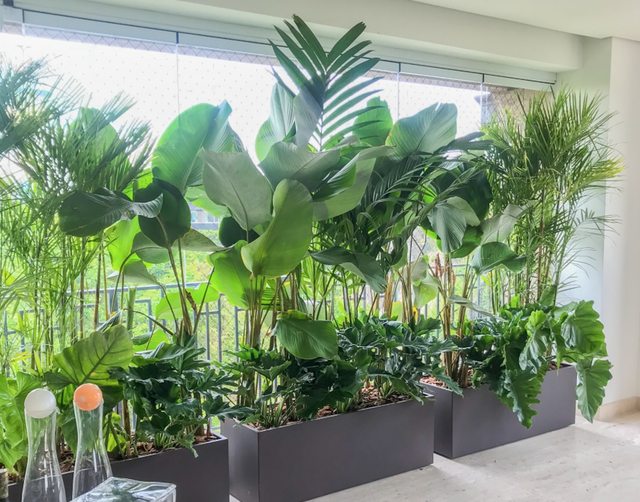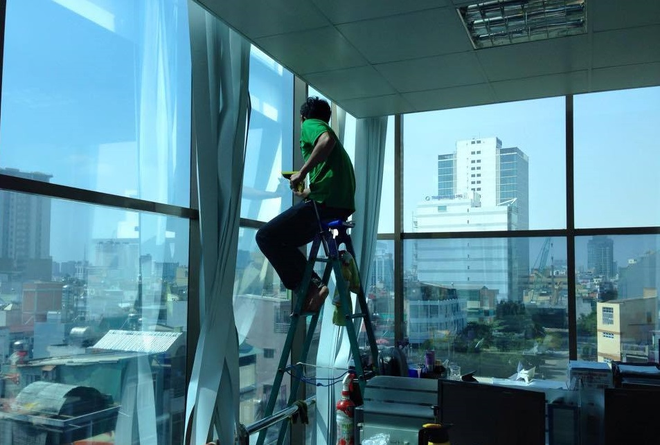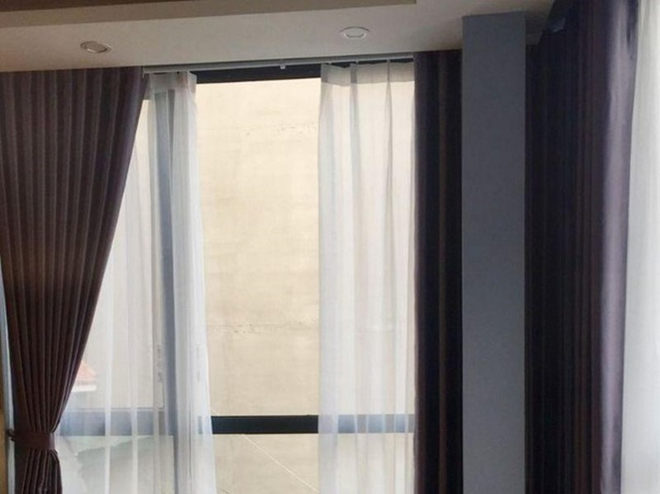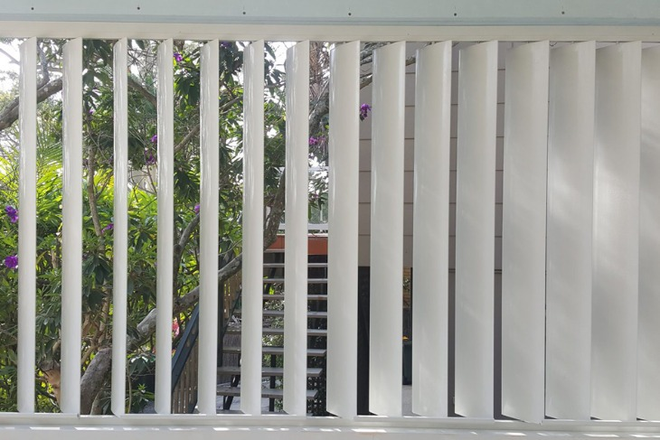Summer is a challenging time for west-facing homes as they bear the brunt of the scorching sun, leading to an uncomfortable living environment and potential health issues for residents. Here are six effective solutions to combat the heat and create a more pleasant and healthier space:
Embrace Nature’s Coolers – Plant Trees
Trees are nature’s air conditioners. Planting trees and vines like bougainvillea, Indian crotons, and climbing roses act as a natural sunscreen, providing shade and a much-needed break from the harsh sun. These natural wonders also add a touch of aesthetic appeal and positive feng shui energy to your home. Don’t have a green thumb? Opt for low-maintenance, drought-tolerant plants. If indoor plants are more your style, try snake plants, money plants, or peace lilies, known for their air-purifying and cooling properties.

The Southern Power Corporation recommends increasing indoor plants as one of the top ten ways to save energy during hot seasons, potentially reducing cooling costs by 25%.
Insulate with the Right Materials
When building or renovating, prioritize insulation. Use heat-resistant materials like thermal paint, insulating foam, and glass wool to block out the heat. Consider PU foam insulation for walls and ceilings, and don’t forget to finish with a layer of plaster for a sleek look.

Dark Curtains for a Cooler Space
While light and sheer curtains are aesthetically pleasing, they aren’t the best at blocking out the sun’s rays. Opt for darker, more opaque curtains with a thermal lining to keep the heat out and maintain a cooler indoor temperature. Not only will these curtains reduce the heat, but they’ll also give your home a sense of privacy and elegance.

Smart Space Planning
When it comes to west-facing spaces, get creative with your layout. Designate areas that don’t require constant use, such as hallways, storage rooms, and staircases, to the west side. This way, the main living and sleeping areas are shielded from direct sunlight, reducing heat absorption.
Shade in Style with Louvers
Louvers, made from wood or aluminum slats, offer a stylish solution to shade your home from the harsh sun. They provide privacy, protection from the elements, and allow for air circulation, keeping your home cool and comfortable. Louvers come in various colors and designs to complement your home’s interior and exterior décor.

Double Glazing for Windows
While glass and aluminum windows are aesthetically pleasing, they can trap heat. If you wish to install glass windows, consider double-glazed options or those with external wooden shutters. Double-glazed windows have an insulating air pocket between two layers of glass, providing better heat and sound insulation. Alternatively, apply a heat-resistant film to your existing windows for a more cost-effective solution.



































